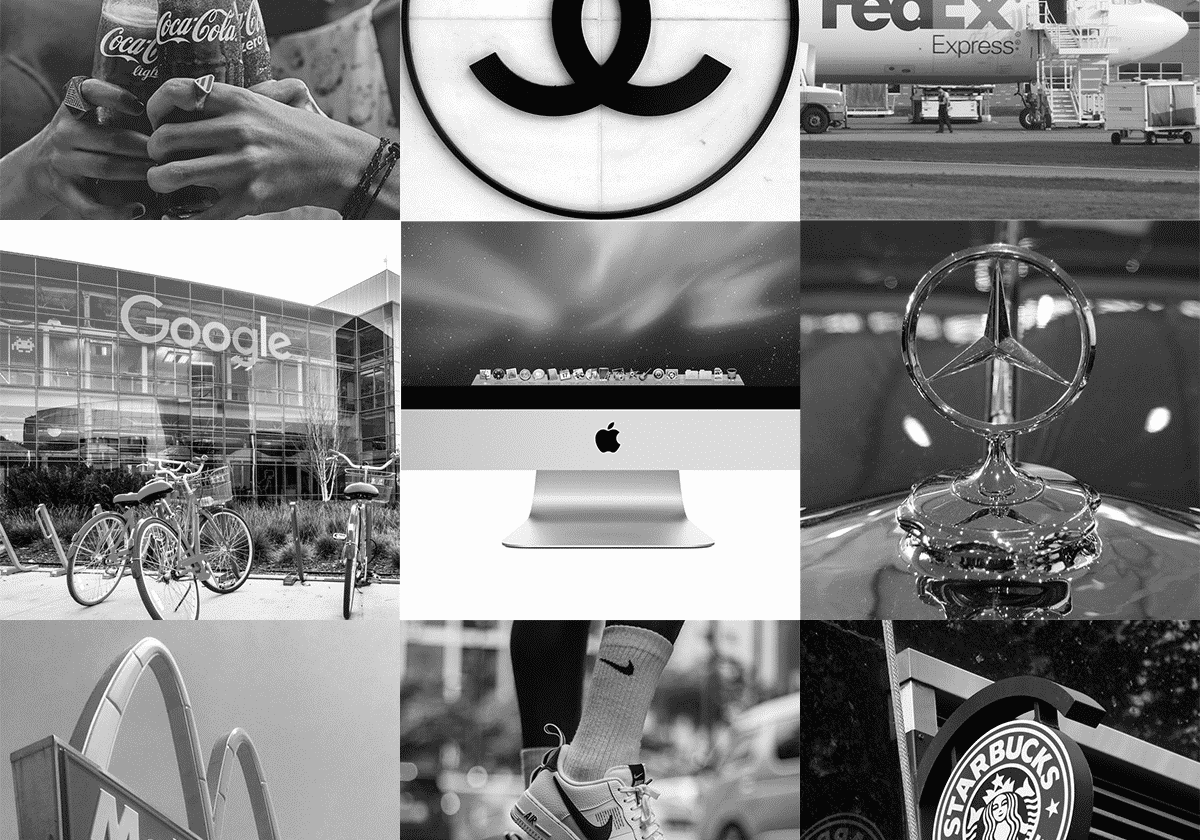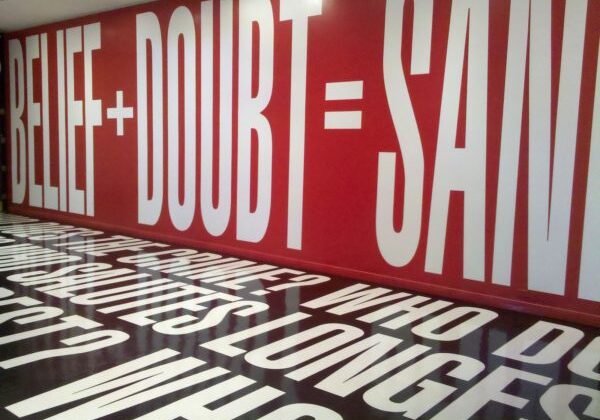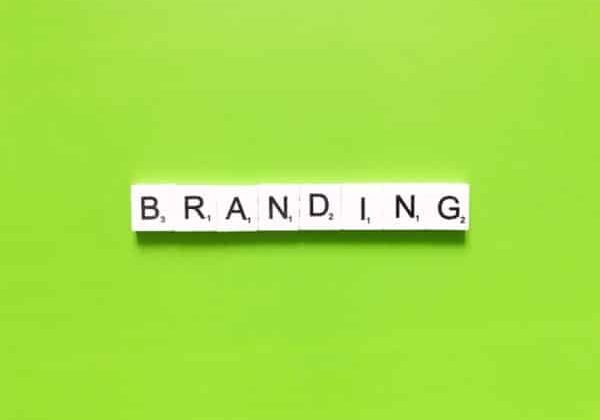A logo serves to represent your company through a visual image that can be easily understood and recognized. Logos generally involve symbols, stylized text, or both. A good logo should create memorable impressions on your target audience, and set your company apart from your competitors.
So, what makes a logo successful? A successful logo will be:
- Simple – Most consumers only focus on a logo for a short time, so the best logos are simple enough to be understood at a moment’s glance.
- Relevant – The colors, fonts, and graphics used in a logo should clearly communicate your brand’s personality to ensure relevance to target audiences.
- Memorable – A logo should be distinct and easily remembered by consumers in connection with your brand and company.
- Timeless – It is not enough to have a good logo today – a logo should be timeless instead of trendy, and able to be successful for years to come with minimal updates.
- Versatile – A good logo design will be suitable for mobile and web, for digital and print, and for every scale and shape.
With a carefully designed, successful logo you are contributing to an impactful brand identity that will attract your desired audiences, and keep their attention for a long time to come.

Color Psychology
Color psychology is the study of hues as a determinant of human behavior. Colors can cause certain emotional reactions, and even influence perceptions that are not necessarily conscious. Color psychology is used all around us, taking its cues from nature, and should be considered in marketing and branding. The following are just some common color…

Avoid These 6 Branding Mistakes
In today’s highly competitive market, a strong brand presence is essential for any business to thrive. But building and maintaining a powerful brand is no easy feat. It requires careful attention to detail, strategic planning, and consistency. Unfortunately, many businesses falter by making critical branding and marketing mistakes that can hinder their long-term success. From…

The Foundations of Branding
The foundations of your brand is your logo, your messaging, website, imagery and promotional materials. Keeping a consistent brand is critically necessary when it comes to building brand equity. Brand equity adds value to your company based on the core values you promote, and comes in the form of perceived quality. Brand consistency is key…

10 of the Most Recognized Logos in the World
We’ve compiled a list of the world’s most recognized logos. Yes, many of these logos have gone through some tweaks throughout the years, but for fun, we listed the year the first version of their current logo appeared. Some of these companies have even been around longer than their currently recognizable logo! It just goes…

REMIXED Named Top Branding Agency in Orlando Award on Clutch
At REMIXED, we help brands connect with their audiences through expertly crafted branding strategies. We’re a full-service and multi-disciplinary branding agency that provides everything from brand building to message promotion to marketing management. Since 2006, we’ve been working with brands of all sizes across various industries, including hospitality, retail, entertainment, nonprofit, government, and more. We…

The Difference Between Graphic Art and Graphic Design
Graphic Art – the fine and applied art of representation, decoration, and writing or printing on flat surfaces together with the techniques and crafts associated with them. Essentially, a graphic artist may create art for the sake of art. They may want to convey a certain idea or story, or they may not. Graphic artists…

Offset Lithography Printing
Offset Lithography is a printing technique that uses printing plates to transfer the intended image to the intended medium, usually paper. Sometimes this technique is simply called offset printing, or litho. The printing plates are often made of aluminum, but can also be plastic, rubber, paper, or even other materials. The term offset refers to…

Why You Should Care About Branding Your Business
It is safe to assume most everyone will look you up on Google prior to visiting your business, hiring you for a service, or purchasing your products and/or services. Whenever you interact with people, whether in-person or online, how you present your brand is exceedingly important. Think of all of the brands you know. While…

